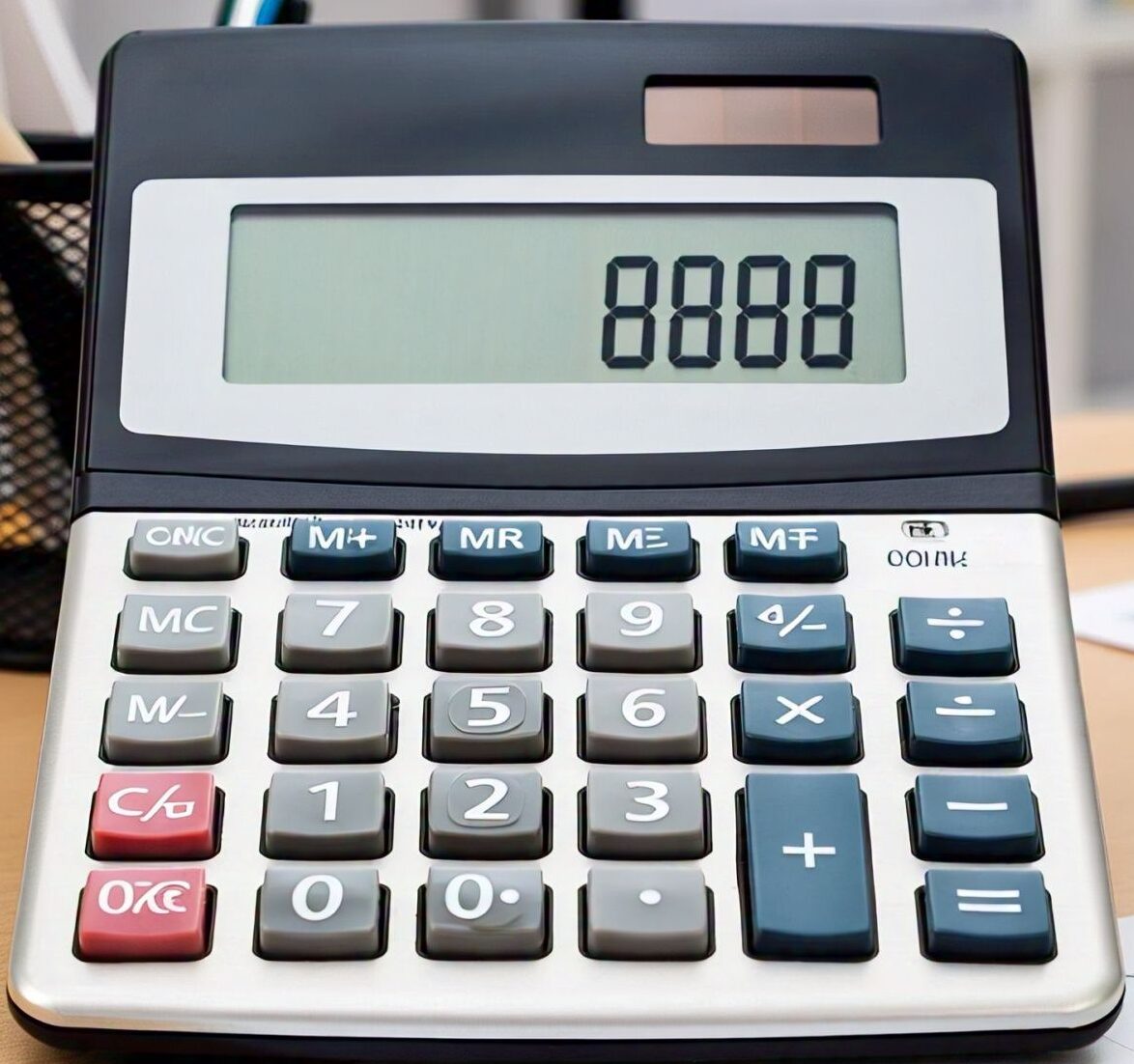Time Between Two Times
Hours Between Two Dates
An hour is traditionally defined as a time period consisting of 60 minutes, and each minute is made up of 60 seconds. The second itself is precisely defined by scientific standards. There are 24 hours in a single day, and people generally use either a 12-hour or a 24-hour clock to read the time.
12-Hour Clock:
The 12-hour clock is based on numbers 1 through 12. Many analog clocks or watches may not indicate whether it is morning or evening. However, on digital clocks and watches, the term “AM” is used to represent ante meridiem, meaning “before midday,” while “PM” stands for post meridiem, meaning “after noon.” In this format, 12 AM refers to midnight, and 12 PM refers to noon. To avoid confusion, the terms “12 midnight” and “12 noon” can be used when it is important to clarify the time.
24-Hour Clock:
The 24-hour clock runs from 00:00 to 23:59, where 00:00 marks midnight. This format spans a full day from one midnight to the next, and it is widely used internationally to avoid confusion caused by the 12-hour system. On the 24-hour clock, hours 00:00 to 11:59 correspond to the AM period in the 12-hour clock, while hours 12:00 to 23:59 represent the PM period. In some countries, the 24-hour format is called military time, as it is used by the military and other sectors where precision and clarity in timekeeping are crucial.
Hours in Different Time Periods:
- Hours in a day: 24
- Hours in a week: 168
- Hours in a month:
- 672 for a 28-day month
- 696 for a 29-day month
- 720 for a 30-day month
- 744 for a 31-day month
- Average: 730.5 hours
- 672 for a 28-day month
- Hours in a year:
- 8,760 for a 365-day year
- 8,784 for a 366-day year
- Average: 8,766 hours
- 8,760 for a 365-day year
- Hours in a decade:
- 87,648 for a 2-leap-year decade
- 87,672 for a 3-leap-year decade
- Average: 87,660 hours
- 87,648 for a 2-leap-year decade
- Hours in a century: 876,600 hours
This information helps in understanding the relationship between different time periods and the total number of hours within them, providing a practical reference for various time-based calculations and conversions.
